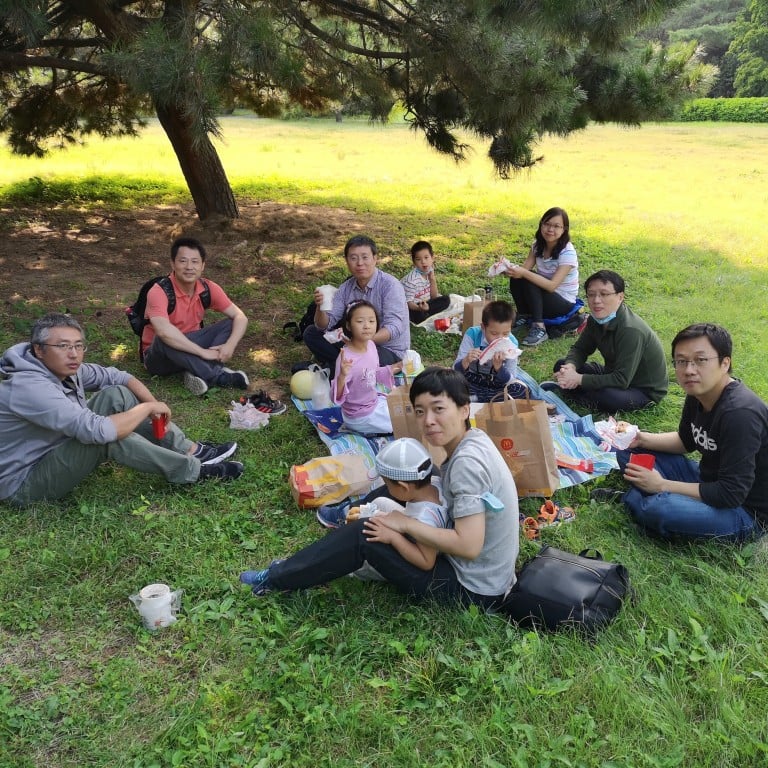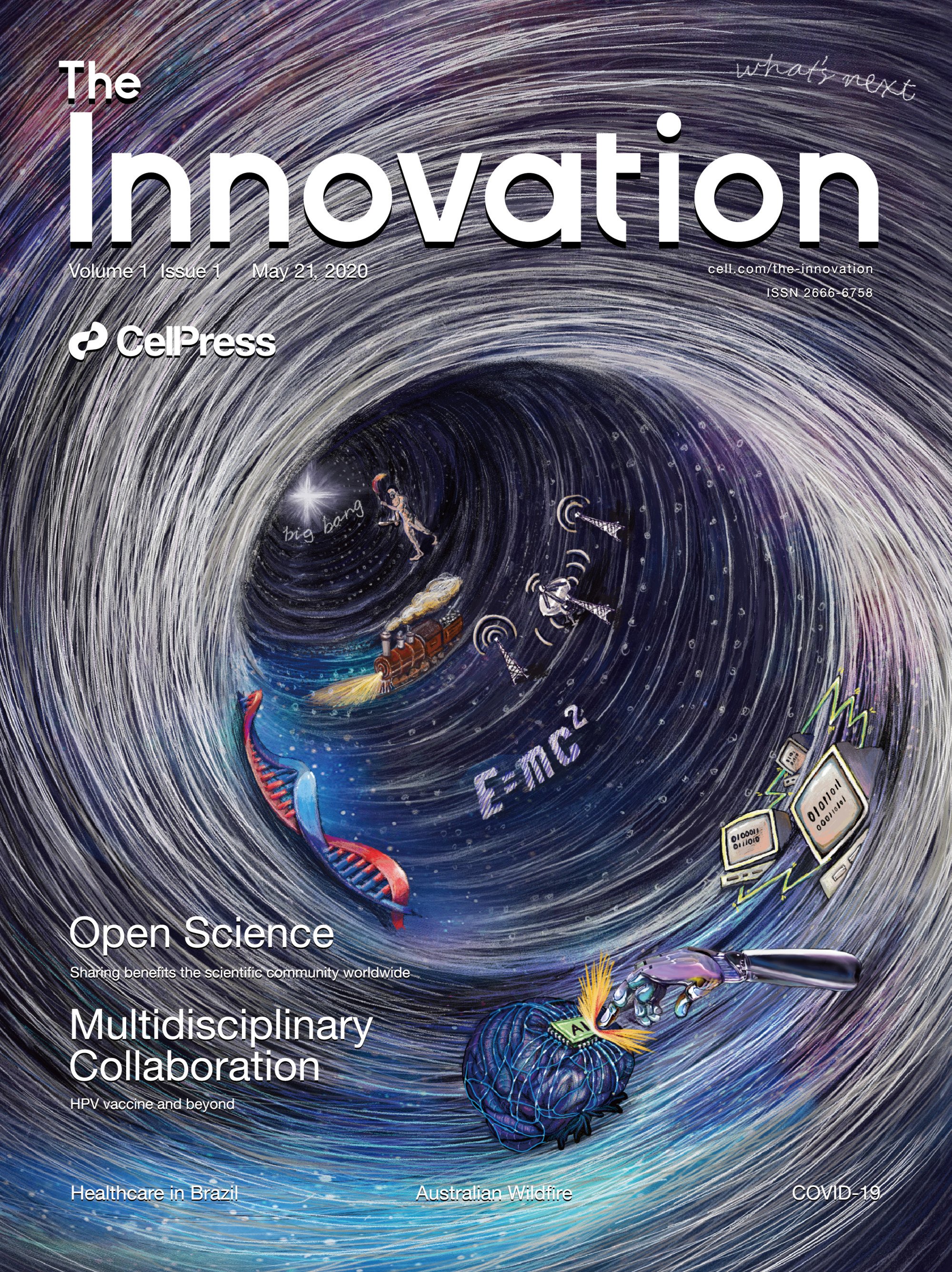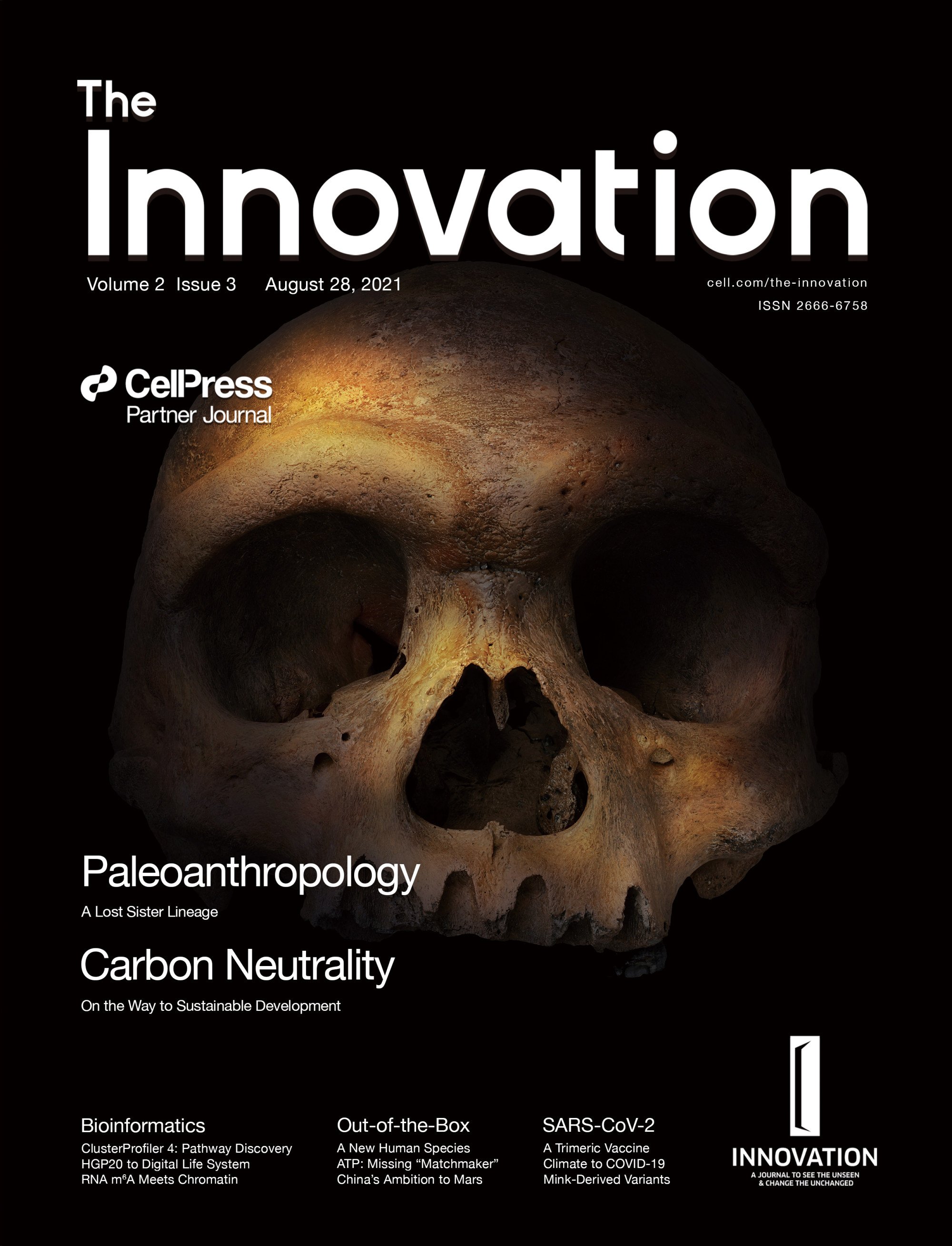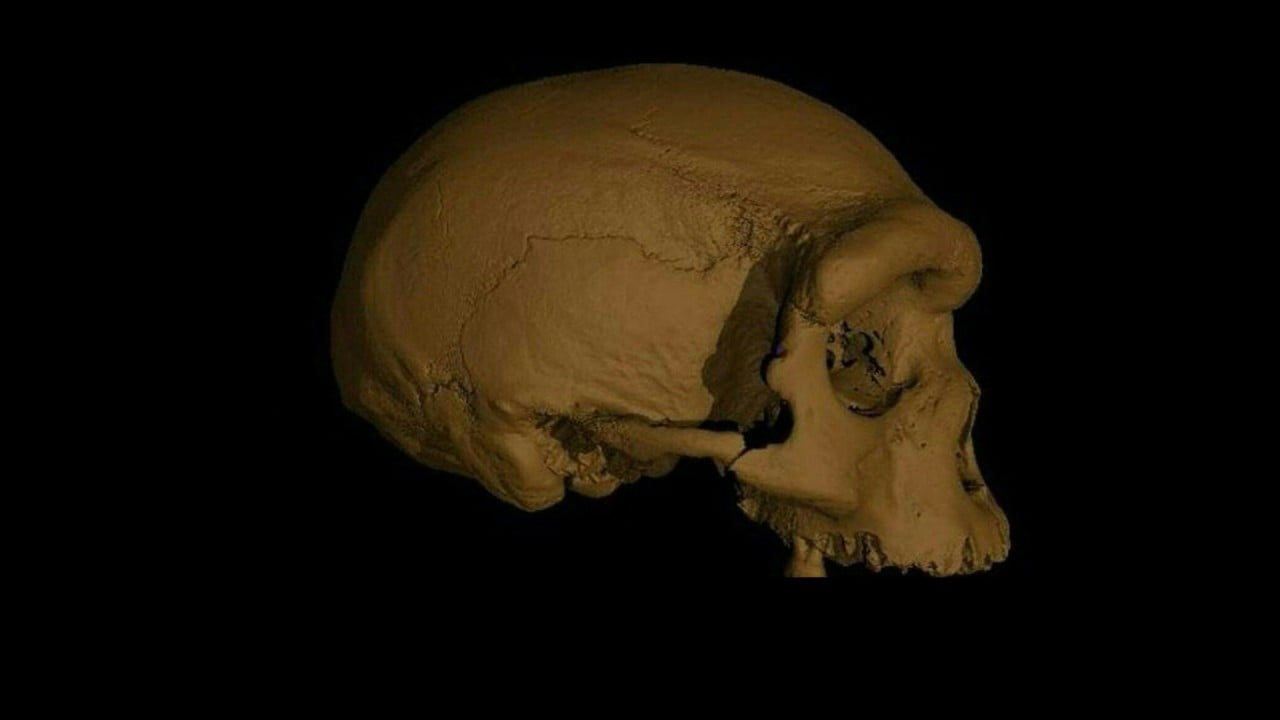
China’s young scientists build academic journal from the ground up
- With no official support, the founders poured their savings into creating an equal for the West’s most esteemed publications
- In its first two years The Innovation has become a respected English-language choice for Chinese and overseas academics
Two years after the first edition of The Innovation appeared, the online journal has grown into an active and respected publication. Its success is a vindication for the scientists who poured their own savings into the project, with no official support.
“China was about to become the world’s largest producer of scientific papers, but most of the top research results were going into Western journals such as Science and Nature,” said one of The Innovation’s founders Duke Chen, a former cancer researcher from the Beijing Institute of Genomics.
“We need to have our own Science and Nature, and the time is now.”
The idea was first mooted in 2016, during discussions at a council meeting of the Youth Innovation Promotion Association (YIPA), a national network of researchers under the age of 35 set up by the Chinese Academy of Sciences (CAS), the world’s largest research institution.
YIPA, which has thousands of members from the academy’s research institutes, was created to support young scientists by connecting them to their peers from different disciplines and promoting their exchanges.
While the idea was met with some enthusiasm at the council meeting, requests for support from the national funding agencies were turned down flat.
“They said they had funded similar journals for decades, and if those were still struggling to make an international impact, how would we prove that we had a chance,” said Yang Wei, from the Institute of Geology and Geophysics.
With official doors closed, the scientists decided to pool their own savings to get the journal off the ground.
“We simply believed it was something worth pursuing,” said He Xiao from the Institute of High Energy Physics in Beijing.
The next challenge was to find a chief editor – no easy task since “a newborn journal could ‘die’ in a year or two and the risk is high for anyone who invests time in it”, Chen said.

They sent out 27 invitations, which were accepted by three notable scientists, including Australia’s Ian Frazer and earth scientist Kenneth Hsu.
Han Buxing, a CAS academician and professor at the Institute of Chemistry, was the last to accept, and is today the journal’s most involved editor-in-chief, according to Chen.
The young scientists also needed a digital publishing platform, but soon found the most popular sites charged high fees while imposing a number of restrictions on their partner journals.
In 2019 they struck a deal with the US-based Cell Press. More than 100 YIPA members each donated a few thousand dollars and the scientists also managed to attract grants from three institutes and Yunnan University.

Chen left his job to take the helm as the editorial office’s director, overseeing everything from content and art to marketing and promotion to stick within the understaffed operation’s tight budget.
YIPA members donated their time to help run the journal, often working late into the night and on weekends. “And we lobbied very hard to convince colleagues to send their papers to The Innovation,” Yang said.
When the first issue appeared on May 21, 2020, there was positive feedback from across the country.
“I enjoyed reading the journal, in which every article was carefully crafted and beautifully laid out. I sincerely hope this tiny seed will grow into a big tree,” a materials researcher from Zhejiang University wrote on social media.

The paper’s lead author Ni Xijun – whose research has been carried in both Science and Nature – said he was answering media inquiries every day during the embargo week before it appeared in The Innovation.
“My take is, if you have really good results, it doesn’t matter which journal you publish them in,” he said.
Ni, from the Institute of Vertebrate Palaeontology and Paleoanthropology, and his co-authors originally submitted their paper to Nature but were dissatisfied with the review process.
When scientists came face to face with China’s Dragon Man for the first time
“Some reviewers made unreasonable requests and did not want us to tell our story,” Ni said, adding that The Innovation was known for its quick review and publishing process.
Ross Mitchell, who studies Earth history and supercontinents and is a colleague of Yang’s, said it usually took weeks to hear back from the top journals after an initial submission, followed by months of reviews and revisions.
But that was not his experience last year, when he chose the young journal for a report on his observations of a common four-month-long cycle in Covid-19 data from many countries. A few hours after uploading his manuscript, Mitchell received an email from the editor inviting him to an online discussion.
“I was very impressed by the highly responsive and involved editor. The fast pace is crucial when a researcher wants to get their views out there or change the direction of a debate,” he said.
China’s confidence rests on building on basic research, scientists say
Mitchell recently convinced his French co-author, who had never heard of The Innovation, to publish their latest article – a look at Earth’s cooling from a non-traditional perspective – in the journal, because it was one of a few that still encouraged academic debates, he said.
The next challenge for The Innovation is to attract authors, especially from overseas, to submit high-quality research –a “core problem” for similar journals in China, from the 66-year-old Chinese Science Bulletin to the younger but fast-growing National Science Review, according to a senior editor with Science China Press in Beijing.
But while The Innovation’s vision is international, Mitchell believes it is equally important to attract domestic authors.
“Think about the early days of Nature and Science. They started out as a British journal and an American journal, [respectively] and then gradually gained their influence in the rest of the world. The Innovation needs to make it a priority to make the best Chinese researchers want to publish with them,” Mitchell said.
Chen said he was dealing with an increasing number of new manuscripts this year. “Now we publish about 100 papers each year, but the goal is 700-800.”
The Science China Press editor, who did not wish to be named, said the journal might also want to consider building its own publishing platform, because no matter how successful it became, the fact it was published by a Western company meant “it’s being showcased in other people’s window”.
Such publishing platforms required long-term investment but had no direct economic returns, he said, and China’s internet censorship added to the difficulties of building a functional platform.
Chen said the journal might soon start charging publishing fees to ease its funding shortage, but whatever the future held, he and his co-founders had found what they were looking for in the project.
Maths genius leaves Harvard to help make China a powerhouse on subject
As a researcher-turned-editor, Chen enjoys the cross-disciplinary vision he is accumulating, and hopes it will make his cancer research more meaningful when he eventually returns to academia.
For He, The Innovation has provided confirmation of the best of human nature. “I am often called an idealist but I have found a lot of people are more idealistic than me. We are in this together, for what we believe in,” he said.
“Being part of this effort has changed me so much. Now I’m less intimidated by difficulties and I go for whatever I believe needs to be done,” Yang said.


